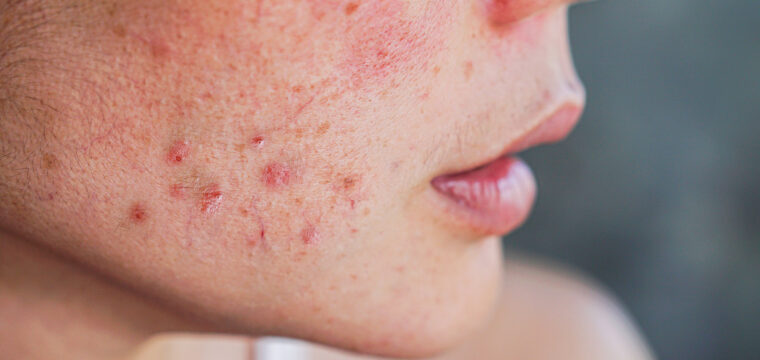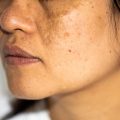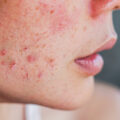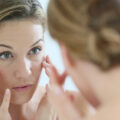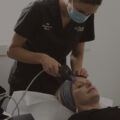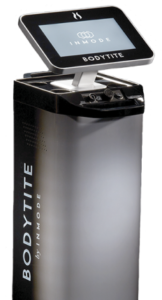3 Common Types of Acne: How to Spot the Differences
Last updated on May 20, 2025
Acne doesn’t always look (or behave) the same. From stubborn blackheads to deep, painful cysts, acne can show up in many different forms, and each one requires a different approach. That’s why understanding the specific type of acne affecting your skin is key to managing it effectively.
Many individuals spend years trying to treat breakouts with a one-size-fits-all routine, only to find that it doesn’t work. Often, the issue isn’t the effort, it’s misidentifying the acne type in the first place. By learning how to recognise the most common acne types, you can make more informed choices about your skincare and explore professional treatments that match your specific needs.
In this latest blog post, we break down three of the most common types of acne and explain how to spot the differences so you can better understand your skin and explore appropriate treatment options.
1. Comedonal Acne (Blackheads and Whiteheads)
Comedonal acne is non-inflammatory and represents one of the most common types encountered, especially among individuals with oily or combination skin. This category includes both blackheads and whiteheads, which develop when pores become blocked by excess oil, dead skin cells and debris.
How to spot it:
- Blackheads (open comedones): Small dark spots on the skin surface. The dark appearance results from exposure to air, causing oxidation.
- Whiteheads (closed comedones): Small, flesh-coloured bumps beneath the skin’s surface. They are typically firm and painless.
Common causes:
- Excess sebum production
- Poor exfoliation or dead skin accumulation
- Use of heavy or pore-blocking skincare products
- Environmental factors such as humidity and pollution
Managing comedonal acne
Managing this acne type involves gentle exfoliation to remove dead skin cells and using non-comedogenic skincare products designed specifically for acne-prone skin. Avoiding overly heavy or greasy products can also help reduce blockages.
Professional treatment options
For persistent cases, treatments such as Chemical Peel Treatment can be particularly effective. Chemical peels help clear blocked pores, remove dead skin cells and enhance the skin’s overall texture, making it a potential solution for non-inflammatory acne conditions.
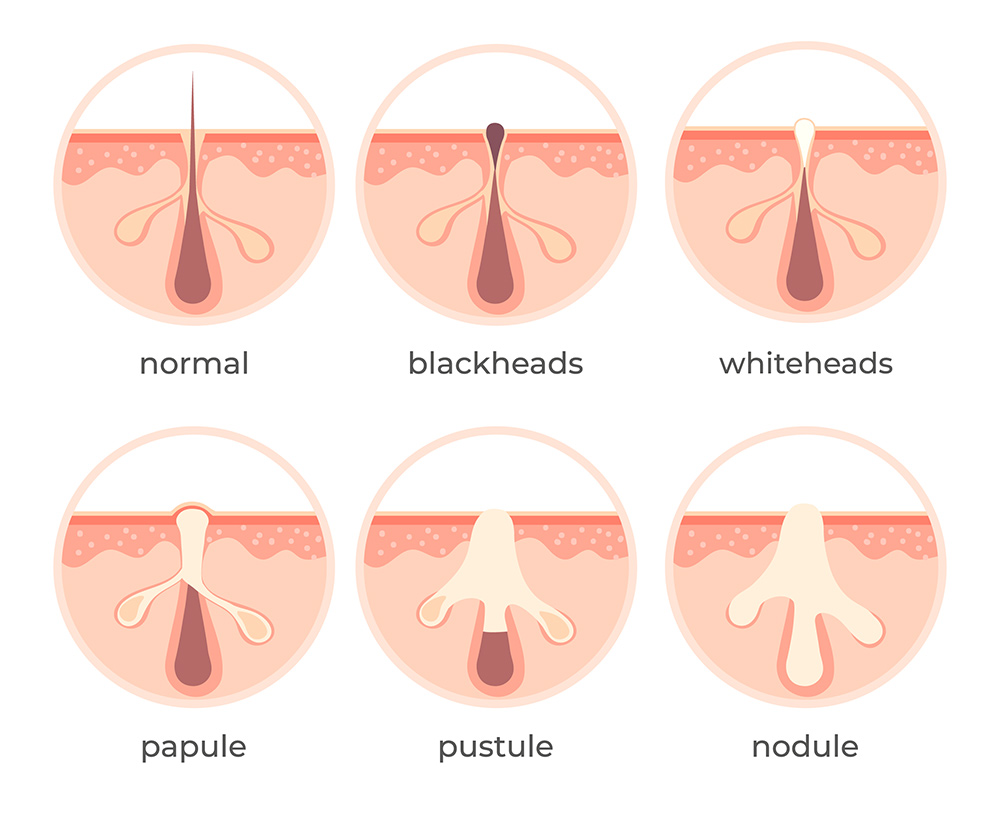
Comedonal acne includes blackheads and whiteheads, two of the most common types of acne found in oily or congested skin.
2. Inflammatory Acne (Papules and Pustules)
Inflammatory acne is characterised by redness, swelling and discomfort. It is typically the result of bacteria growth within blocked pores, triggering inflammation.
How to spot it:
- Papules: Red, inflamed bumps that feel tender and sore but generally do not contain pus.
- Pustules: Similar to papules but have a visible white or yellowish centre containing pus. These are commonly mistaken for typical ‘pimples’.
Common causes:
- Bacterial overgrowth within pores
- Hormonal fluctuations, especially during adolescence, pregnancy, or periods of stress
- Skin irritation from excessive touching or picking
Managing inflammatory acne
Effective management includes maintaining clean skin, using gentle, antibacterial cleansers and avoiding the temptation to squeeze or pick at inflamed areas. Products with anti-inflammatory ingredients may soothe skin irritation and reduce redness.
Professional treatment options
When inflammatory acne becomes persistent or resistant to home treatments, professional methods like Laser Skin Rejuvenation Treatment or Morpheus8 Treatment may offer significant benefits. These treatments target deeper skin layers, assisting in calming inflammation and promoting healthier skin tissue formation.
3. Cystic or Hormonal Acne
Cystic acne, often associated with hormonal fluctuations, is among the more challenging acne conditions to treat. It involves deep, painful lumps beneath the skin, frequently leaving marks or scars if untreated.
How to spot it:
- Large, hard nodules or cysts beneath the skin
- Painful bumps, often without visible pus or opening
- Often occurs around the chin, jawline and lower face
Common causes:
- Hormonal imbalances or fluctuations
- Genetics and family history
- Certain medications or underlying health conditions (e.g., Polycystic Ovary Syndrome)
Managing cystic acne
Cystic acne typically requires more robust intervention than other acne types. Simple skincare routines and over-the-counter products rarely provide sufficient control, given the deeper nature of the condition.
Professional treatment options
Professional treatments, including technologies such as the Alma Hybrid Laser Treatment, can effectively manage cystic acne. This approach targets the deeper layers of skin, addressing underlying inflammation, reducing ongoing breakouts and diminishing the risk of residual scarring.
How to Identify Your Acne Type
Determining precisely which acne type affects your skin is vital for effective treatment. Consider factors such as:
- Location: Different acne types frequently appear in specific facial or body areas. For example, hormonal acne commonly affects the chin and jawline, whereas comedonal acne often appears on the forehead or nose.
- Appearance: Assess whether the acne is inflammatory (red, swollen, painful) or non-inflammatory (small bumps, blackheads, whiteheads).
- Duration and recurrence: Note whether the acne is persistent, appearing regularly or intermittently linked to factors like menstrual cycles or stress.
When to Consider Professional Acne Treatment
While many individuals can manage mild breakouts with over-the-counter skincare, there are situations where professional support becomes not just helpful but necessary. Recognising when to make that transition is key to preventing long-term effects like persistent inflammation or scarring.
You may want to consider consulting a skincare professional if:
- Acne isn’t improving despite consistent use of non-prescription products
- Breakouts are painful, deep, or inflamed, particularly around the jawline, chin, or cheeks
- New scars are forming, or existing marks aren’t fading over time
- You’re unsure what type of acne you have, making it difficult to select appropriate treatments
- Breakouts are affecting large areas, such as the back, chest, or shoulders and are hard to manage alone
- There’s a clear hormonal pattern, such as flare-ups around the menstrual cycle or ongoing adult acne
Conclusion
Identifying the exact type of acne you are experiencing is the essential first step in effectively managing and improving your skin condition. By recognising differences between comedonal, inflammatory and cystic acne, you can choose targeted management strategies and explore professional treatment options.
Understanding your acne condition leads to informed decisions, ensuring that the selected treatment effectively matches your skin’s specific needs. To find out more about treatment options and support for different acne types, visit our acne conditions page for a comprehensive overview.
How to schedule a consultation
To book an appointment, please call us on 02 6059 0612, email us at admin@eclipsehs.com or book online via our website.
Find us here:
13 Yalandra Court
West Albury
NSW 2640
Australia
FAQs
What type of acne do I have?
Acne types include comedonal (blackheads and whiteheads), inflammatory (papules and pustules) and cystic or hormonal acne. A professional skin assessment can help identify the type accurately.
How do I spot the differences between acne types?
Blackheads and whiteheads are non-inflammatory, while red or pus-filled bumps suggest inflammation. Deep, painful lumps beneath the skin often indicate cystic acne.
What causes different types of acne?
Different types of acne can result from clogged pores, excess oil production, bacteria, or hormonal changes. Genetics, stress and skincare habits may also play a role.
What’s the best treatment for different types of acne?
The most suitable treatment depends on the acne type and severity. Options may include chemical exfoliation, light-based technologies, or other professionally guided treatments.
How do I treat acne-prone skin effectively?
Use non-comedogenic products, avoid over-cleansing and seek professional advice when breakouts persist. Tailored treatments can support long-term results.

